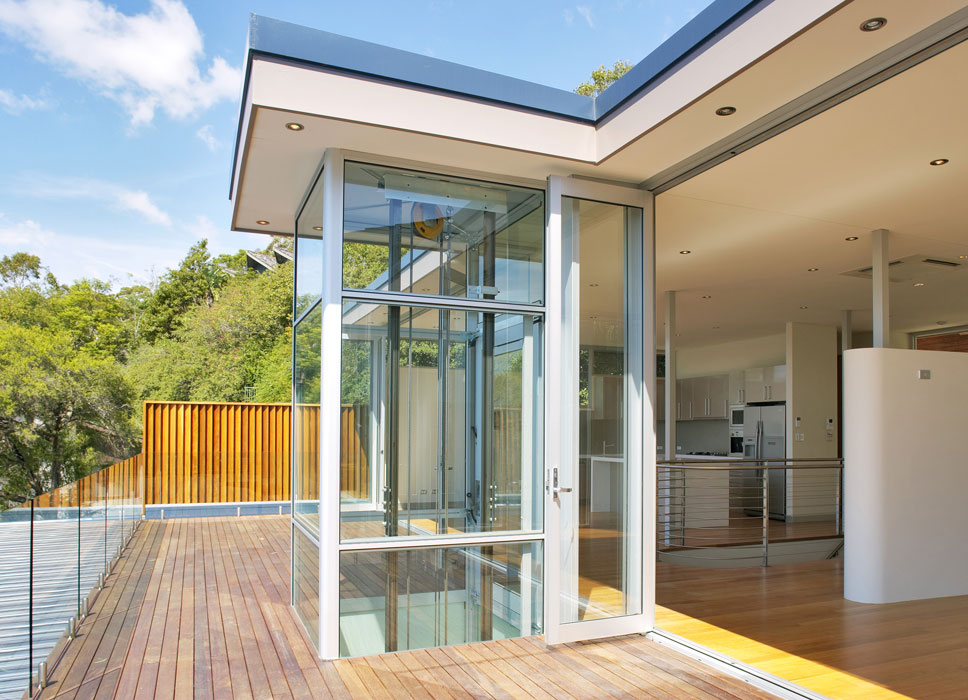Low pit lifts
Contents |
[edit] Introduction
Lifts are required in a great variety of settings and buildings. This has led to the need for installations that can be accommodated in environments that may have previously been unable to house a lift. A low pit lift offers a solution to the problem of previously unsuitable locations, allowing for the installation of lifts in more settings.
[edit] Low pit lift uses
The standard design of lifts requires a pit which allows space for the mechanical element of the installation. In the past, if a setting was unable to provide suitable space for a pit, the installation of the lift would not have been possible.
This inability to provide a pit may be likely in:
- Updates to listed buildings
- Shopping centres
- Homes
- Public buildings
- Educational buildings
A low pit lift or a pitless lift can allow for improved disabled access in buildings which may have been impossible to navigate previously.
[edit] Limitations
While low pit lifts have a huge range of applications, it is worth noting that they are limited in the speed they can travel, which is restricted to 0.15m/s according to a notified body certification.
[edit] Benefits
Low pit lifts have many benefits which have made them popular for a number of applications:
- Listed buildings often have plenty of rules and regulations to meet before they are able to make changes or updates to the building itself. This means that the excavation required for the installation of a regular lift may cause too much disruption to the original structure. However, a low pit lift can be installed with a pit as shallow as 120mm.
- The installation of a lift can often be disruptive, particularly during the pit excavation. This is significantly reduced when installing a pitless or low pit lift. For this reason, the low pit lift is often a popular choice for shopping centres and educational buildings, as disruption to business or learning is minimised.
- Lifts are often installed in homes, particularly when access is needed for an individual with mobility issues. Home installations are often restricted in terms of space, so a low pit lift can fit into a smaller space which may not be able to accommodate a standard lift.
[edit] Related articles on Designing Buildings Wiki
- Lifts and Escalators: A Quality Perspective.
- Lifts for Buildings.
- Disabled Access Lifts.
- The World’s Fastest Lifts.
- Considerations When Installing a Residential Lift.
- Updating Listed Buildings.
--Nathan Massey 14:25, 11 Jul 2017 (BST)
Featured articles and news
RTPI leader to become new CIOB Chief Executive Officer
Dr Victoria Hills MRTPI, FICE to take over after Caroline Gumble’s departure.
Social and affordable housing, a long term plan for delivery
The “Delivering a Decade of Renewal for Social and Affordable Housing” strategy sets out future path.
A change to adoptive architecture
Effects of global weather warming on architectural detailing, material choice and human interaction.
The proposed publicly owned and backed subsidiary of Homes England, to facilitate new homes.
How big is the problem and what can we do to mitigate the effects?
Overheating guidance and tools for building designers
A number of cool guides to help with the heat.
The UK's Modern Industrial Strategy: A 10 year plan
Previous consultation criticism, current key elements and general support with some persisting reservations.
Building Safety Regulator reforms
New roles, new staff and a new fast track service pave the way for a single construction regulator.
Architectural Technologist CPDs and Communications
CIAT CPD… and how you can do it!
Cooling centres and cool spaces
Managing extreme heat in cities by directing the public to places for heat stress relief and water sources.
Winter gardens: A brief history and warm variations
Extending the season with glass in different forms and terms.
Restoring Great Yarmouth's Winter Gardens
Transforming one of the least sustainable constructions imaginable.
Construction Skills Mission Board launch sector drive
Newly formed government and industry collaboration set strategy for recruiting an additional 100,000 construction workers a year.
New Architects Code comes into effect in September 2025
ARB Architects Code of Conduct and Practice available with ongoing consultation regarding guidance.
Welsh Skills Body (Medr) launches ambitious plan
The new skills body brings together funding and regulation of tertiary education and research for the devolved nation.
Paul Gandy FCIOB announced as next CIOB President
Former Tilbury Douglas CEO takes helm.
UK Infrastructure: A 10 Year Strategy. In brief with reactions
With the National Infrastructure and Service Transformation Authority (NISTA).
























